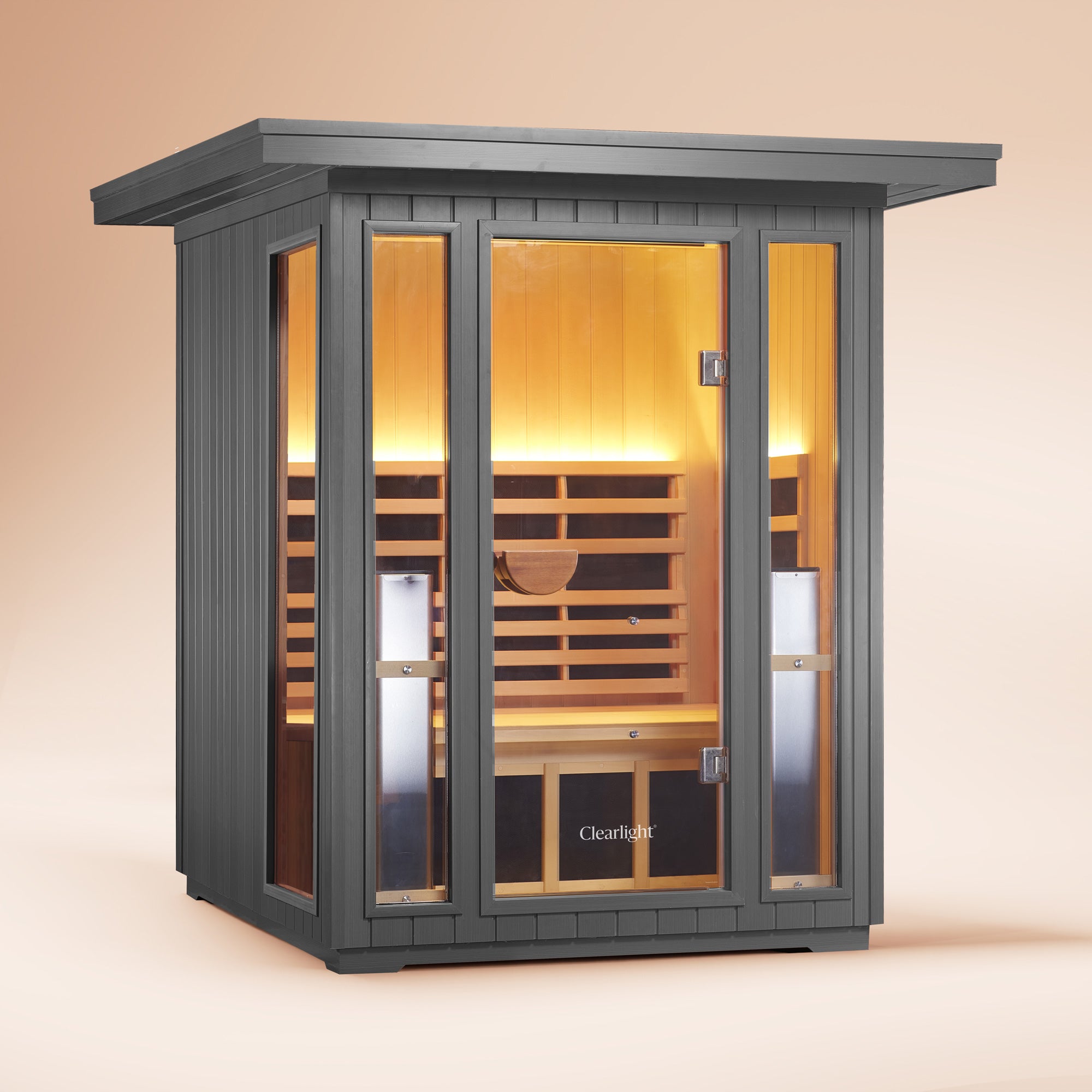While most of us will suffer from some form of joint pain or stiffness at some point in our lives, sufferers of arthritis, unfortunately, experience this pain on a daily and unrelenting basis.
If you’re suffering from severe and consistent pain associated with arthritis and other rheumatic diseases, you’ll be pleased to know that there is a growing body of medical evidence that links the infrared saunas as a genuine source of pain treatment.
In this piece, we’ll unpack the medical evidence to suggest infrared saunas are an effective source of pain treatment for arthritis, as well as how they can reduce inflammation in your body and treat other chronic pain disorders like fibromyalgia.
How Common Is Arthritis In The Adult Population?
The U.S. Centers for Disease Control Prevention says that more than 54 million people in America - around 23% of the adult population - suffer from arthritis.
Of that number, more than 24 million adults have limited mobility due to their arthritis, with one in four reporting some form of severe joint pain. The CDC estimates that reduced mobility and disabilities stemming from arthritis come at a cost of $303 billion each year to the U.S. economy.
In Australia, more than four million people live with arthritis, which is expected to grow to 5.4 million by 2030. Arthritis is the second most common cause of early retirement in Australia, and is expected to come at a cost of $1.5 billion to the economy by 2030.
Is An Infrared Sauna Good For Arthritis?
It’s important to note from the outset that the use of infrared saunas, in isolation, should not be considered a cure for something like arthritis.
Instead, we should think of it as a simple, convenient and relaxing means of treating the symptoms of arthritis, like chronic pain and joint stiffness.
On that note, however, medical studies have begun to illuminate the health benefits of infrared sauna use in the context of arthritis patients, which has been shown to offer legitimate signs of treating pain in those patients.
More specifically, a pilot study from Clinical Rheumatology found that there was a “significant” impact on the short-term improvement of pain and stiffness in sufferers of arthritis, with the authors noting a “trend towards long-term beneficial effects” of infrared sauna use for these patients, as well as the fact that infrared saunas have had “no adverse effects” for the users. They also pointed out that their results indicated that “fatigue also decreased” in their patients.
Another study from the University of Twente asked arthritis sufferers to measure and rate their pain before and after using an infrared sauna, with their results showing that “pain and stiffness improved significantly during treatment,” with the mean improvement rated anywhere between 40-60% specifically for arthritis pains. The authors noted that “infrared whole-body hyperthermia has statistically significant positive direct effects upon pain and stiffness in rheumatoid arthritis patients.”
How Does an Infrared Sauna Help Alleviate Arthritis Pain?
It’s widely believed that as our bodies soak up the light energy inside an infrared sauna, the energy penetrates around 5cm into our skin tissue and our muscles.
This heat energy is absorbed by our bodies, which promotes the spread of oxygen-rich blood throughout our circulatory system as our blood vessels dilate.
The increased flow of oxygenated blood can help to relieve pain in problem areas for sufferers of arthritis, as well as provide more energy to the ‘powerhouse’ of our cells, also known as the mitochondria. The mitochondria is powered by what’s known as ATP, which receives a significant power-boost from infrared energy, and promotes the flow of oxygen and nutrient-rich blood to flow through our bodies.
On a cellular level, time spent inside an infrared sauna can be thought of as ‘charging up’ our cells and giving your body the tools it needs to send oxygen-rich blood to problem areas, which is what researchers have noted in the context of arthritis patients.











Dry Brushing in an Infrared Sauna
Does An Infrared Sauna Reduce Inflammation?